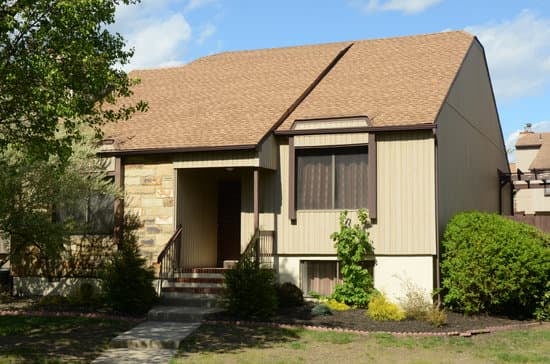- Dangerous for wildlife: Wind turbines can be deadly for species of birds and bats. These animals may fly into the turbines, causing fatalities for both the animal and potentially damaging the turbine’s blades.
- Noise pollution: Depending on their location, wind turbines can be noisy. This can be a particular issue if turbines are located near residential areas or wildlife habitats.
While wind turbines are a fantastic source of clean, renewable energy, there are some negatives to consider. Here are two potential drawbacks to wind turbines:





















